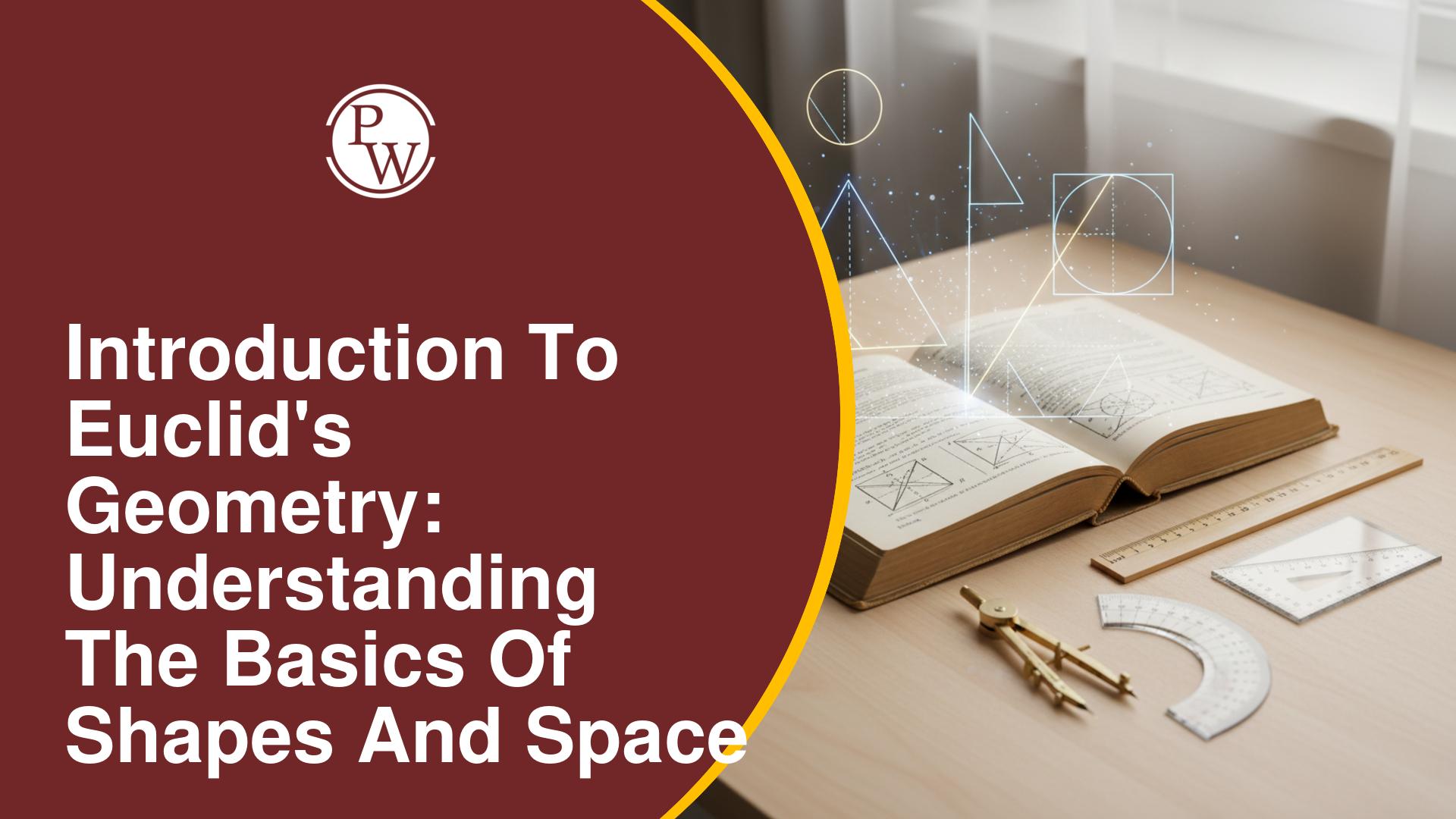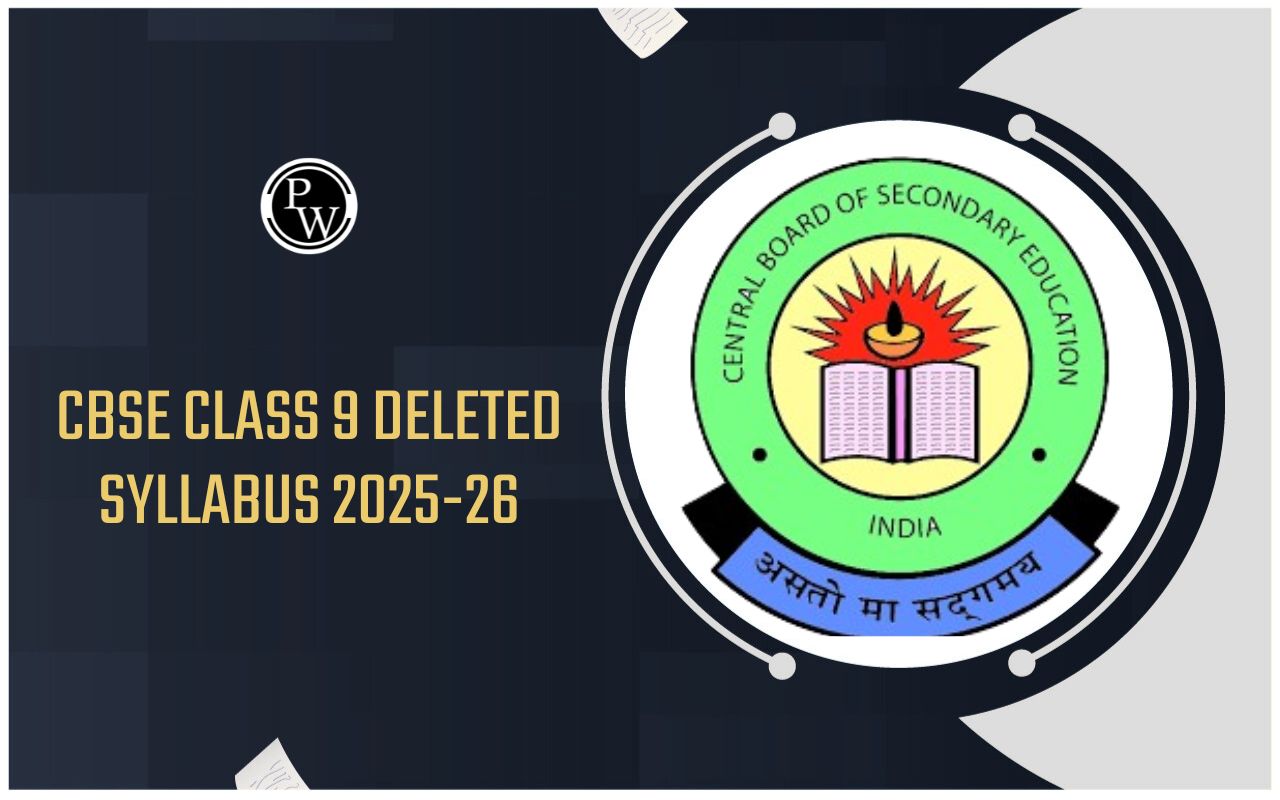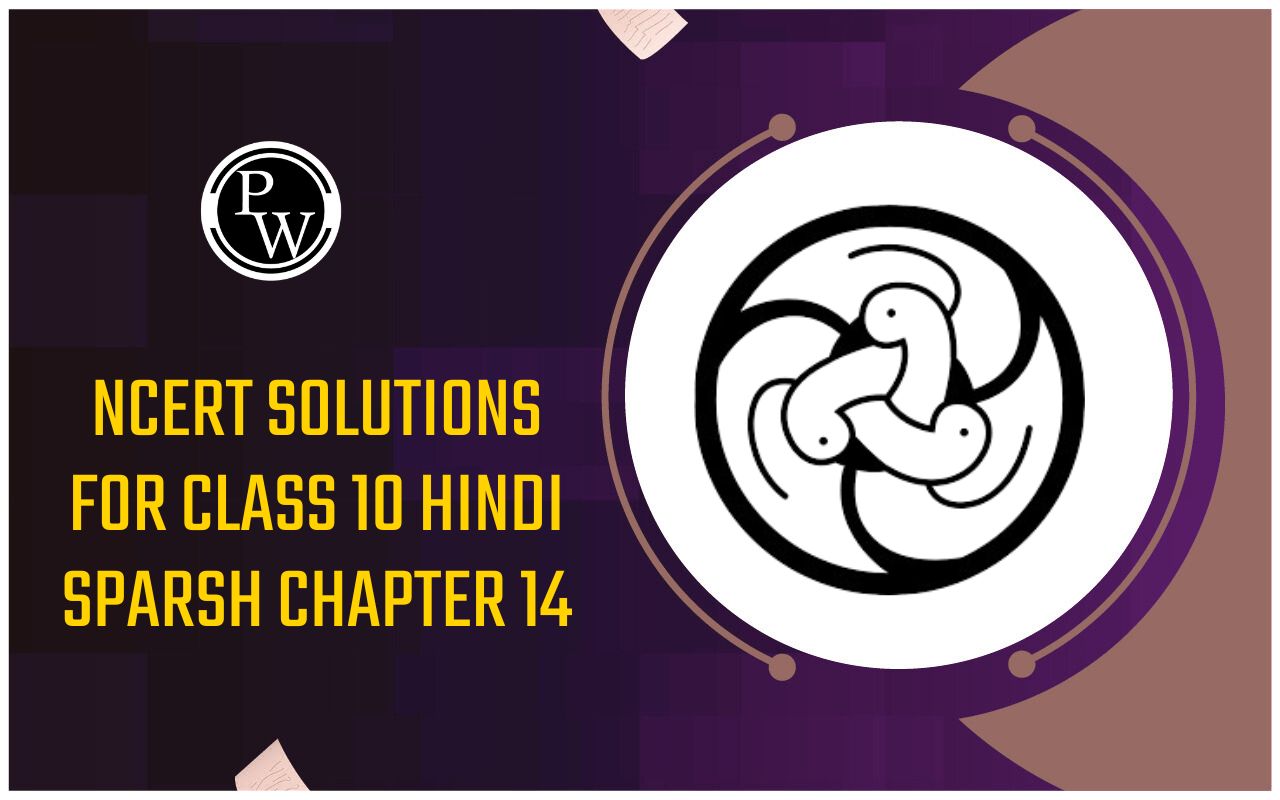
Rational Numbers Formula: Before starting with the Rational Numbers Formulas, we will first discuss what rational numbers are and how they are important with respect to mathematics. Rational numbers are the numbers that are written in the form of p/q, where p and q can be any integer where q ≠ 0. Hence, it means that rational numbers have natural numbers, whole numbers, integers, fractions of integers, and decimals (terminating decimals and recurring decimals). A rational number is a fraction whose numerator is an integer and the denominator is a non-zero integer. It is very important to keep in mind that all fractions are not rational numbers as a fraction may also have its numerator and/or denominator to be an irrational number(s).
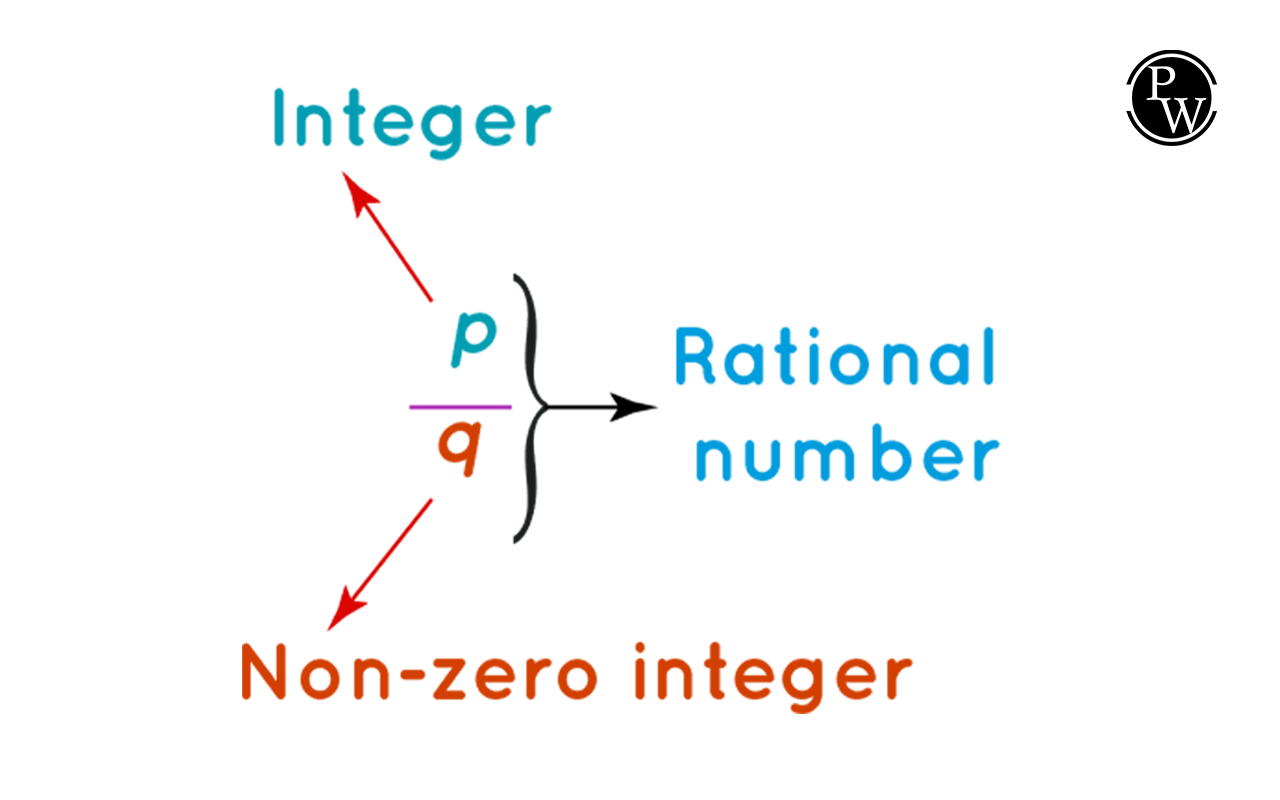
Now, let us talk about rational numbers formulas. The set of rational numbers is denoted by 'Q' and it includes:
- The collection of natural numbers is represented by N.
- The collection of whole numbers is represented by W.
- The collection of integer numbers is represented by Z.
- fractions of integers where the denominator is not zero.
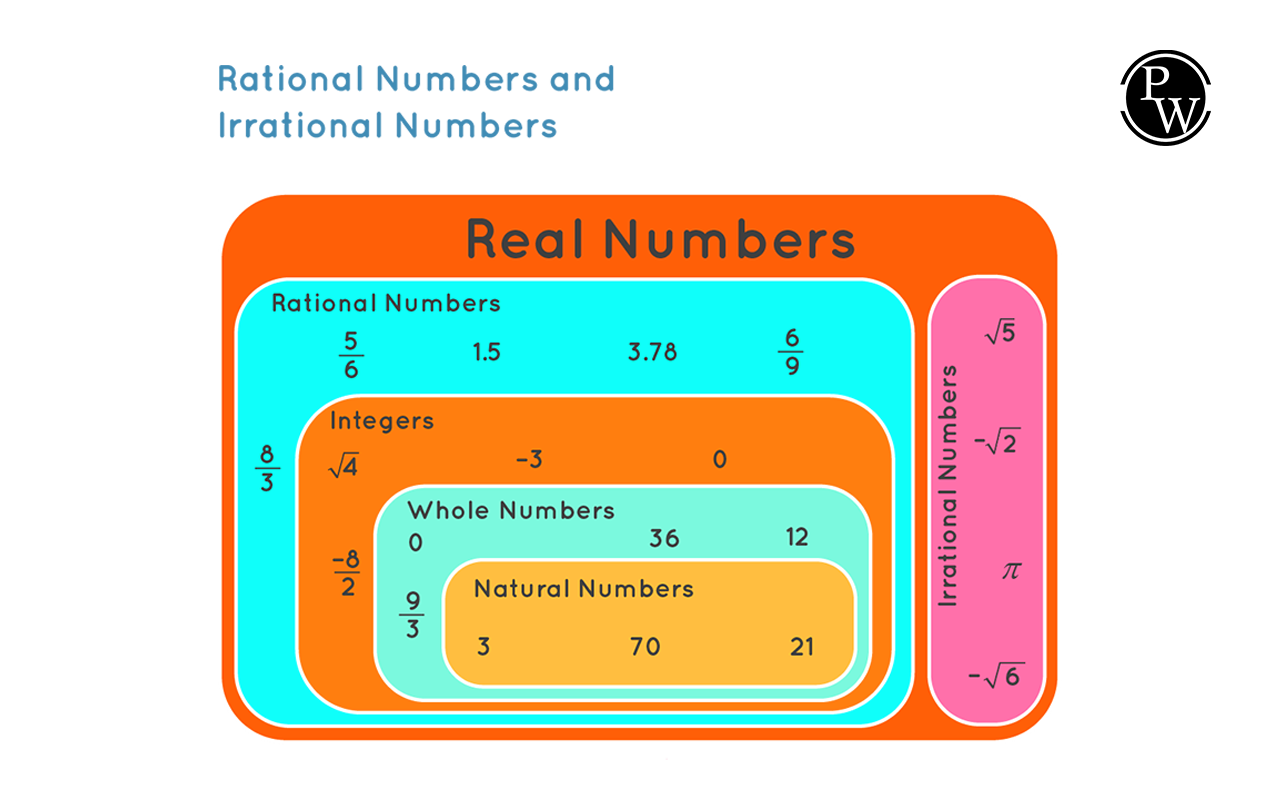
What are Rational Numbers?
A rational number in Math is any number that can be expressed as a fraction, p/q , where q is not zero. Basically, it means any fraction where the top and bottom numbers are whole numbers, and the bottom number isn't zero. When you divide a rational number (a fraction), you get a decimal result, which can either stop at some point or keep repeating. This is what rational numbers are all about in a nutshell.Also Read: Commutative Property Formula
T he word 'rational' is derived from the word 'ratio'. Hence, rational numbers are related to the concept of fractions. In other words, if a number can be expressed as a fraction where both the numerator and denominator are integers, the number is a rational number.
What Is the Rational Numbers Formula?
From the definition of a rational number that we talked about in the previous section, a rational number is of the form p/q, where 'p' and 'q' are integers and q≠0.
Hence, the rational numbers formulas are:
- Q = {p /q: p, q belongs to Z; q ≠ 0}
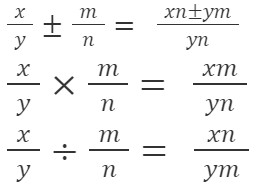
The set of rational numbers follows certain properties too such as closed, associative, and commutative under addition and multiplication. The additive identity 0, and multiplicative identity, 1 also exist in the set of rational numbers. All rational numbers consist of additive inverse in the set of rational numbers and also all rational numbers except 0 have their multiplicative inverse in the set of rational numbers.

Rational Numbers Formula Examples
Some examples of Rational Numbers Formula Examples are listed below:
If we can represent a number as a fraction where both the numerator and the denominator are integers, then we call the number a rational number.
- 0 (which is another form of 0/1)
- 1/2
- √16 which is equal to 4
- -3/4
- 0.3 or 3/10
- -0.7 or -7/10
- 0.141414... or 14/99
Types of Rational Numbers
Basically, there are different types of rational numbers are:
- Integer values as -3, 0, 3, etc., are rational numbers.
- Fractions values whose numerators and denominators are integers like 1/7, -2/5, etc., are known as rational numbers.
- Terminating decimals like 0.356, 0.711621, 0.97, etc., are rational numbers.
- Non-terminating decimals consist of repeating patterns (after the decimal point) such as 0.3333333..., 0.141414141414..., etc., are rational numbers. These are known as non-terminating repeating decimals.
Arithmetic Operations on Rational Numbers
In mathematics, we often use arithmetic operations as the fundamental actions we do with numbers. Now, let's explore how we can apply these operations to rational numbers, represented as p/q and s/t.Addition of Rational Numbers
To add rational numbers like p/q and s/t, you first ensure that the denominators (the bottom numbers) are the same. This means finding a common denominator. Once you have the same denominator, you simply add the numerators (the top numbers) together to get the result, which is represented as (pt + qs) / qt.For Example: if you want to add 1/2 and 3/4, you need to make the denominators the same, which in this case is 4. So, you convert 1/2 to have a denominator of 4, which becomes 2/4. Then, you can add the numerators: 2 + 3, which equals 5. So, the result is 5/4.
Subtraction of Rational Numbers
When it comes to subtracting rational numbers like p/q and s/t, the process is quite similar to addition. The first step is to make sure that the denominators (the bottom numbers) are the same. This means finding a common denominator. Once you have a common denominator, you can proceed with the subtraction. let's take the example of subtracting 1/2 from 3/4. To do this, you need to make the denominators the same, which in this case is 4. You'll convert 1/2 to have a denominator of 4, which becomes 2/4. Then, you subtract the numerators: 3 - 2, which equals 1. So, the result is 1/4.Multiplication of Rational Numbers
When you multiply two rational numbers, you essentially multiply their numerators (the top numbers) together and their denominators (the bottom numbers) together. So, if you have a rational number like p/q and you want to multiply it by another rational number s/t, the result is calculated as (p×s)/(q×t). For example, let's consider 1/2 multiplied by 3/4. To do this, you multiply the numerators: 1 × 3, which equals 3. Then, you multiply the denominators: 2 × 4, which equals 8. So, the result is 3/8.Division of Rational Numbers
When you divide one rational number, represented as p/q, by another, represented as s/t, you can simplify it using the following rule: (p/q) ÷ (s/t) is equal to pt/qs. For instance, consider the example of dividing 1/2 by 3/4. Following this rule, you multiply the first fraction's numerator (1) by the second fraction's denominator (4), and you multiply the first fraction's denominator (2) by the second fraction's numerator (3). This gives you (1×4)/(2×3), which simplifies to 4/6. Further simplifying this fraction, you get 2/3.Rational And Irrational Numbers
The numbers which cannot be written in the form of p/q where q ≠0 they are called irrational numbers
Points To Remember
- Rational numbers consist of fractions and any form of number that can be written in the form of fractions.
- Natural numbers, whole numbers, integers, fractions of integers, and terminating decimals are forms of rational numbers.
- Non-terminating decimals along with the repeating patterns of decimals, that is recurring decimals known as rational numbers.
| Related Links | |
| Degrees and Radians Formula | Derivative Formula |
| Diagonal Formula | Cot-Tan Formula |
| Cost Price Formula | Cos-theta Formula |
Rational Number Formula FAQs
What are the differences between a given rational and irrational number?
Is 0 a rational number?
Is Pi(π) a rational number?
How many rational numbers exist?


